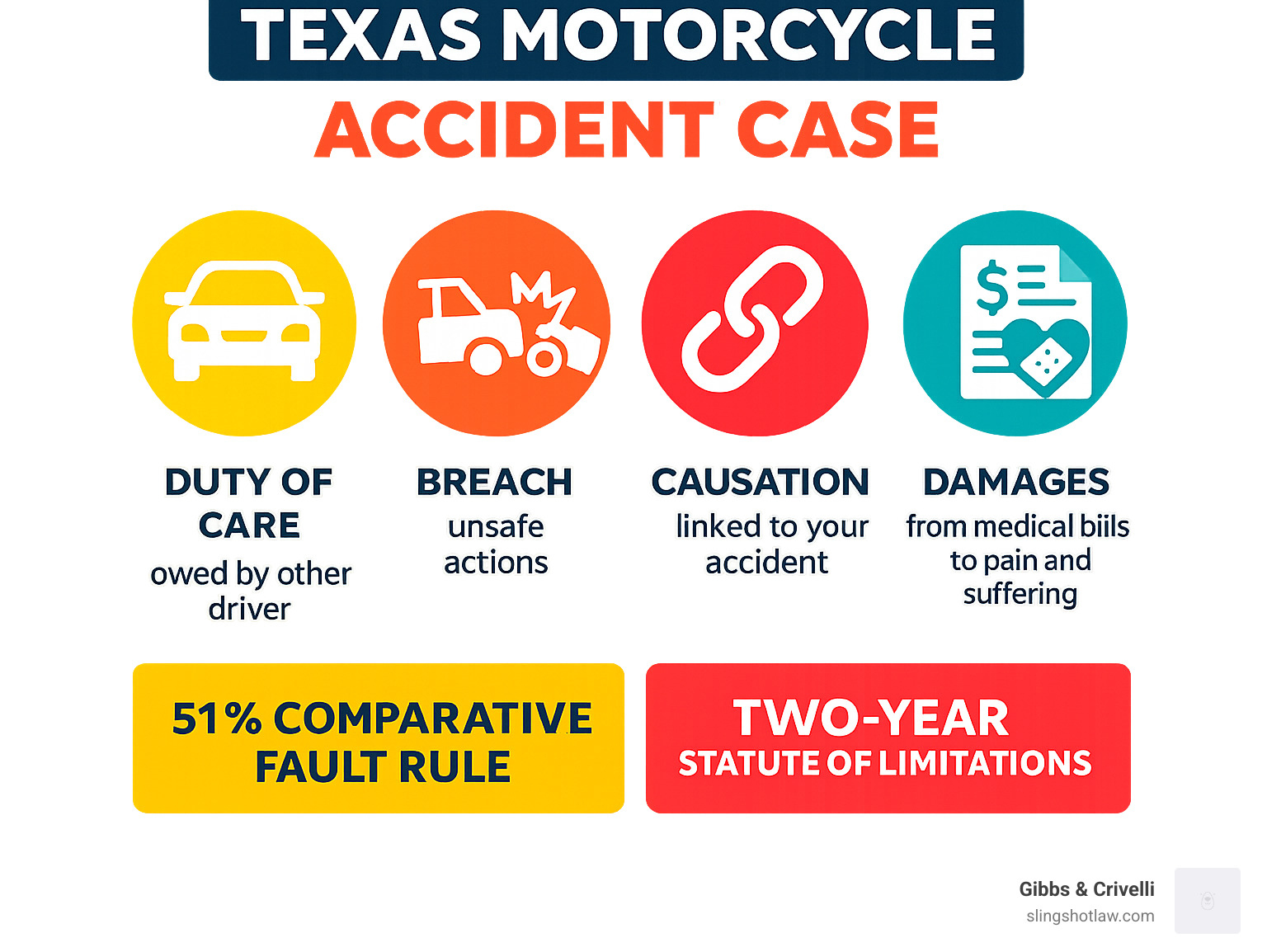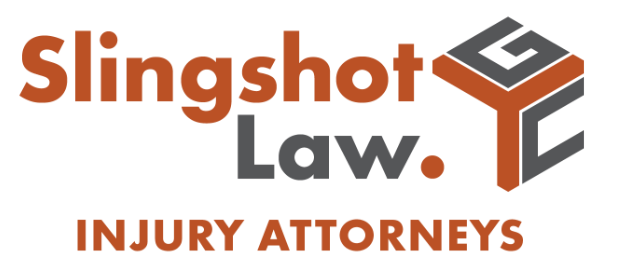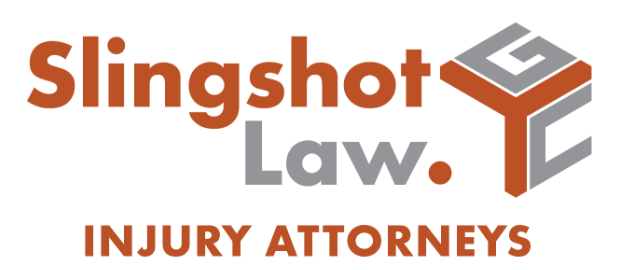Why Understanding Your Legal Rights After a Motorcycle Crash Matters
Motorcycle crash law governs your rights and options after a collision, and knowing these laws can mean the difference between fair compensation and financial devastation. If you’ve been injured in a motorcycle accident in Austin, Cedar Park, Round Rock, or anywhere in Central Texas, understanding your legal position is crucial.
Key Elements of Texas Motorcycle Crash Law:
- Fault-Based System: Texas requires proving the other party’s negligence to recover damages
- Modified Comparative Fault: You can recover compensation if you’re 50% or less at fault
- Two-Year Statute of Limitations: You have limited time to file a claim under Texas Civil Practice and Remedies Code § 16.003
- No Universal Helmet Law: Riders over 21 can ride without helmets under certain conditions
- Lane Splitting Prohibition: Riding between traffic lanes is illegal in Texas
Motorcycle accidents result in some of the most severe injuries on Texas roads. According to research data, motorcyclists are 24 times more likely to die in an accident than car occupants.
The legal landscape for motorcycle accidents involves complex issues like proving negligence, calculating damages, and fighting insurance company tactics. Insurance adjusters often try to minimize payouts or shift blame to motorcyclists due to persistent bias against riders.
Whether your crash happened on I-35 during rush hour traffic, at a busy intersection in downtown Austin, or on the winding roads near Cedar Park, the legal principles remain the same. You need to establish the other party’s fault, document your damages, and steer Texas’s comparative fault system.

Key terms for motorcycle crash law:
Establishing Fault and Liability in a Texas Motorcycle Crash
When you’re hurt in a motorcycle accident here in Central Texas, proving who’s at fault becomes the foundation of your entire case. Motorcycle crash law in Texas operates on a fault-based system, which means whoever caused the accident pays for the damages. It sounds straightforward, but the reality is often much more complex.
At Slingshot Law, we’ve seen how insurance companies will twist facts and exploit any uncertainty about fault to avoid paying what you deserve. That’s why building a rock-solid case is so important – and why understanding the legal process can help protect your rights from day one.

Proving negligence requires us to establish four key elements. First, we need to show that the other driver had a duty of care – basically, the legal obligation to drive safely and follow traffic laws. Every driver on I-35 through Austin or the busy streets of Round Rock owes this duty to everyone else on the road, including motorcyclists.
Next comes breach of duty – proving the other driver failed to meet that standard of care. Maybe they were texting while driving through Cedar Park, ran a red light at a busy intersection, or made an unsafe lane change without checking their blind spot. These actions fall below what we’d expect from a reasonable driver.
The third element is causation – showing a direct link between their negligent behavior and your accident. If a distracted driver drifted into your lane and caused you to crash, their distraction directly caused your injuries. Without this connection, even reckless behavior won’t support your claim.
Finally, we must prove damages – that you actually suffered losses from the accident. This includes everything from medical bills and lost wages to pain and suffering and property damage. Without real damages, there’s no basis for compensation.
The most common accident causes we see involve other drivers’ negligence. Distracted driving tops the list – drivers focused on their phones instead of watching for motorcyclists. Failure to yield happens frequently at intersections, especially during left turns. We’ve handled too many cases where drivers simply “didn’t see” the motorcycle. Unsafe lane changes on highways like I-35 are another major problem, as motorcycles easily disappear in blind spots.
For more insights into how we build compelling cases and prove liability, check out our guide on hiring a local Austin motorcycle wreck lawyer.
How Texas’s Comparative Fault Rule Affects Your Claim
Here’s some good news: even if you made a mistake that contributed to your accident, you might still recover compensation under Texas’s modified comparative fault rule. This law recognizes that accidents often involve multiple factors and shared responsibility.
The 51% bar rule is the key here. As long as you’re found to be 50% or less at fault, you can still recover damages. But if you’re 51% or more responsible, you’re barred from any compensation. This makes fault determination absolutely crucial – and explains why insurance companies work so hard to shift blame onto motorcyclists.
When you do share some fault, Texas uses proportional reduction of damages. If your total damages are $100,000 and you’re found 20% at fault, you’d receive $80,000. We’ve seen this play out in cases throughout Pflugerville and Georgetown, where small decisions can significantly impact your final recovery.
Shared fault scenarios happen more often than you might think. Maybe you were speeding slightly when another driver made an illegal left turn. A jury might find the other driver 80% at fault and you 20% at fault. You’d still recover 80% of your damages – a substantial amount that could cover your medical bills and lost income.
Insurance companies love to exploit Texas’s comparative fault rules. They’ll scrutinize every detail of your case, looking for ways to pin more blame on you. Having experienced legal representation isn’t just helpful – it’s essential for protecting your recovery and ensuring you’re not unfairly blamed for someone else’s negligence.
To learn more about how we fight back when fault is disputed, read about protecting your rights with an Austin motorcycle wreck lawyer.
Common Causes of Motorcycle Accidents in Central Texas
Central Texas offers incredible riding, but it also presents unique hazards that every motorcyclist should understand. Unfortunately, most motorcycle accidents aren’t the rider’s fault – they’re caused by other drivers who simply aren’t paying attention to motorcycles.
Left-hand turns cause some of the most devastating crashes we see. Drivers making left turns often fail to see oncoming motorcyclists, leading to head-on or T-bone collisions. These accidents happen at intersections throughout Austin, Round Rock, and Cedar Park, often because drivers are looking for cars, not motorcycles.
Rear-end collisions occur when drivers follow too closely or aren’t paying attention. When a motorcyclist slows down or stops, an inattentive driver can easily rear-end them, often launching the rider forward with tremendous force.
Lane splitting is illegal in Texas, which complicates things for riders. While some states allow riding between lanes of stopped traffic, Texas doesn’t. If you’re involved in an accident while lane splitting, it can hurt your claim under our comparative fault laws, even if another driver was primarily negligent.
Dooring accidents happen when someone opens a car door directly into a motorcycle’s path. The rider has no time to react, often resulting in serious injuries. These accidents are particularly common in downtown Austin’s busy parking areas.
Road hazards pose special dangers for motorcyclists. Debris like gravel, oil spills, or construction materials can cause a motorcycle to lose control. Potholes that might barely affect a car can send a motorcycle flying. With all the construction in rapidly growing areas like ours, these hazards are unfortunately common.
Government agencies can sometimes be held liable for accidents caused by poor road design or maintenance, though these cases involve special procedures and shorter deadlines.
Motorcyclists face inherent vulnerability – no protective cage, airbags, or seatbelts. What might be a minor fender-bender for a car can result in life-altering injuries for a motorcyclist. For general motorcycle safety information, visit the NHTSA’s motorcycle safety resources.
Liability in Crashes Caused by Defective Parts
Sometimes the problem isn’t another driver or road conditions – it’s your motorcycle itself. Imagine you’re riding through the scenic Hill Country when your brakes suddenly fail or a tire blows out, causing a crash. When defective parts cause accidents, product liability claims come into play.
Texas applies a strict liability standard for product defects. This means you don’t necessarily have to prove the manufacturer was negligent – just that the product was defective and caused your injuries.
Manufacturing defects occur when something goes wrong during production. A faulty brake line, improperly welded frame, or defective tire could fall into this category. These defects happen even when the design is sound.
Design defects are different – they’re flaws in the product’s basic design that make it inherently unsafe, even when manufactured perfectly. These cases often require extensive expert testimony to prove the design was unreasonably dangerous.
Suing manufacturers can involve multiple parties: the manufacturer, distributor, and even the retailer. These cases are complex, requiring expert testimony from engineers and accident reconstruction specialists to pinpoint exactly what went wrong and how it caused your crash.
If you suspect a defective part contributed to your accident, don’t let anyone repair or discard your motorcycle before we can investigate. Preserving the evidence is crucial for building a strong case.
These product liability cases operate under different rules than typical negligence claims, but they’re equally important for securing justice when corporate negligence puts riders at risk. Learn more about what an Austin motorcycle wreck lawyer can do for you in these complex cases.
Securing Fair Compensation After Your Accident
When you’re lying in a hospital bed after a motorcycle crash, the last thing you want to worry about is how you’re going to pay for everything. But the reality hits fast – medical bills start piling up, you can’t work, and the financial stress adds to an already overwhelming situation. At Slingshot Law, we understand this pressure, and our job is to secure fair compensation that covers not just your immediate expenses, but everything you’ll need for your recovery and future.

The truth is, motorcycle crash law in Texas recognizes that your losses go far beyond just the ambulance ride and emergency room visit. We’re talking about two main categories of damages that you deserve to recover:
Economic damages are the concrete, measurable losses you can put a dollar sign on. These include your medical bills from that initial trip to Dell Seton Medical Center or St. David’s, your lost wages from missing work, property damage to your bike and gear, and ongoing physical therapy costs. But we don’t stop there – we also look at your future medical costs because many motorcycle injuries require long-term treatment.
Non-economic damages are harder to calculate but just as real. This includes your pain and suffering, the mental anguish you’re experiencing, any disfigurement from your injuries, and your loss of enjoyment of life. If you used to love weekend rides through the Hill Country but now you’re too anxious to get back on a bike, that’s a real loss that deserves compensation.
Here’s what many people don’t realize: calculating the true value of a motorcycle accident claim is both an art and a science. It’s not just about adding up your current bills. We work with medical experts to project your future medical costs, especially for severe injuries like traumatic brain injuries or spinal cord damage that we see too often in Central Texas accidents.
We also consider your lost earning capacity. Maybe you’re a contractor in Round Rock who can’t do physical labor anymore, or a teacher in Cedar Park who’s struggling with cognitive issues after a head injury. These long-term impacts on your ability to earn a living are absolutely part of your claim.
The psychological impact is real too. Many of our clients develop anxiety, depression, or even PTSD after a serious motorcycle accident. For more information about these often-overlooked injuries, check out More info on psychological injuries from an Austin motorcycle wreck. The Information on Post-Traumatic Stress Disorder (PTSD) resource provides valuable insights into these conditions.
Economic vs. Non-Economic Damages
Understanding the difference between these two types of damages is crucial for getting the compensation you deserve. Let’s break it down in simple terms:
| Economic Damages | Non-Economic Damages |
|---|---|
| Medical bills – Every doctor visit, surgery, medication, and medical device | Pain and suffering – The physical discomfort and emotional distress you endure |
| Lost wages – Income you’ve missed while recovering | Mental anguish – Anxiety, depression, and psychological trauma |
| Property damage – Repairs or replacement of your motorcycle and gear | Disfigurement – Scarring or permanent changes to your appearance |
| Physical therapy – Ongoing rehabilitation and treatment costs | Loss of enjoyment of life – Activities you can no longer participate in |
Economic damages are straightforward – we gather your bills, wage statements, and repair estimates. But calculating non-economic damages requires experience and skill. Insurance companies love to minimize these “soft” damages, but they’re very real and can represent the largest portion of your settlement.
For example, if you’re a weekend rider who used to enjoy touring the scenic roads around Dripping Springs, but now you’re too afraid to get back on a bike, that’s a genuine loss of enjoyment. If you have visible scars from road rash that make you self-conscious about wearing shorts or short sleeves, that impacts your daily life in ways that deserve compensation.
The key is presenting these damages in a way that helps insurance adjusters and juries understand the real impact on your life. We’ve handled cases throughout Central Texas where the non-economic damages far exceeded the medical bills because the life-changing nature of the injuries was so significant.
The Attorney’s Role in Fighting Insurance Companies
Here’s something that might surprise you: insurance companies are not on your side, even your own insurance company. Their job is to minimize payouts and protect their bottom line. That’s where we come in as your advocates.
Insurance adjusters have a playbook, and they use the same tactics over and over. They’ll hit you with lowball settlement offers within days of your accident, hoping you’ll take quick money before you understand the full extent of your injuries. They’ll delay processing your claim, hoping you’ll get desperate and accept less. Sometimes they’ll outright deny valid claims, betting that you won’t have the resources to fight back.
We’ve seen adjusters tell our clients things like “motorcycle accidents are always the rider’s fault” or “you should have been wearing different gear.” These are tactics designed to make you doubt your case and accept less than you deserve.
Our job is negotiating settlements that actually reflect your losses and maximizing your compensation by building a strong case they can’t ignore. But here’s the secret weapon: our trial experience. Insurance companies know that some lawyers will never actually take a case to court. They know we will, and that changes everything about how they approach settlement negotiations.
When State Farm or Allstate knows that we’ve taken cases to trial and won significant verdicts for our clients, they take our settlement demands seriously. That trial experience becomes leverage in every negotiation, even when we settle out of court.
We handle all the paperwork, deal with the adjusters, and fight for every dollar you deserve so you can focus on healing. For more insights into why having an experienced attorney makes such a difference, read More info on why you should hire an Austin motorcycle wreck lawyer.
The bottom line is this: you’re dealing with a life-changing event, and you deserve compensation that reflects the full impact of what you’ve been through. We’re here to make sure you get it.
Securing Fair Compensation After Your Accident
After experiencing a motorcycle accident, especially in our busy Central Texas communities like Austin or Temple, the financial and emotional fallout can be devastating. Many clients come to us feeling overwhelmed by mounting medical bills, lost wages, and the sheer pain and suffering. Our mission at Slingshot Law is to help you secure every type of damage you are entitled to, ensuring you receive fair compensation for all your losses.
What types of damages can be recovered after a motorcycle accident? Broadly, they fall into two categories: economic and non-economic damages.
Economic vs. Non-Economic Damages
Let’s break down the types of compensation we fight for:
| Type of Damage | Description


